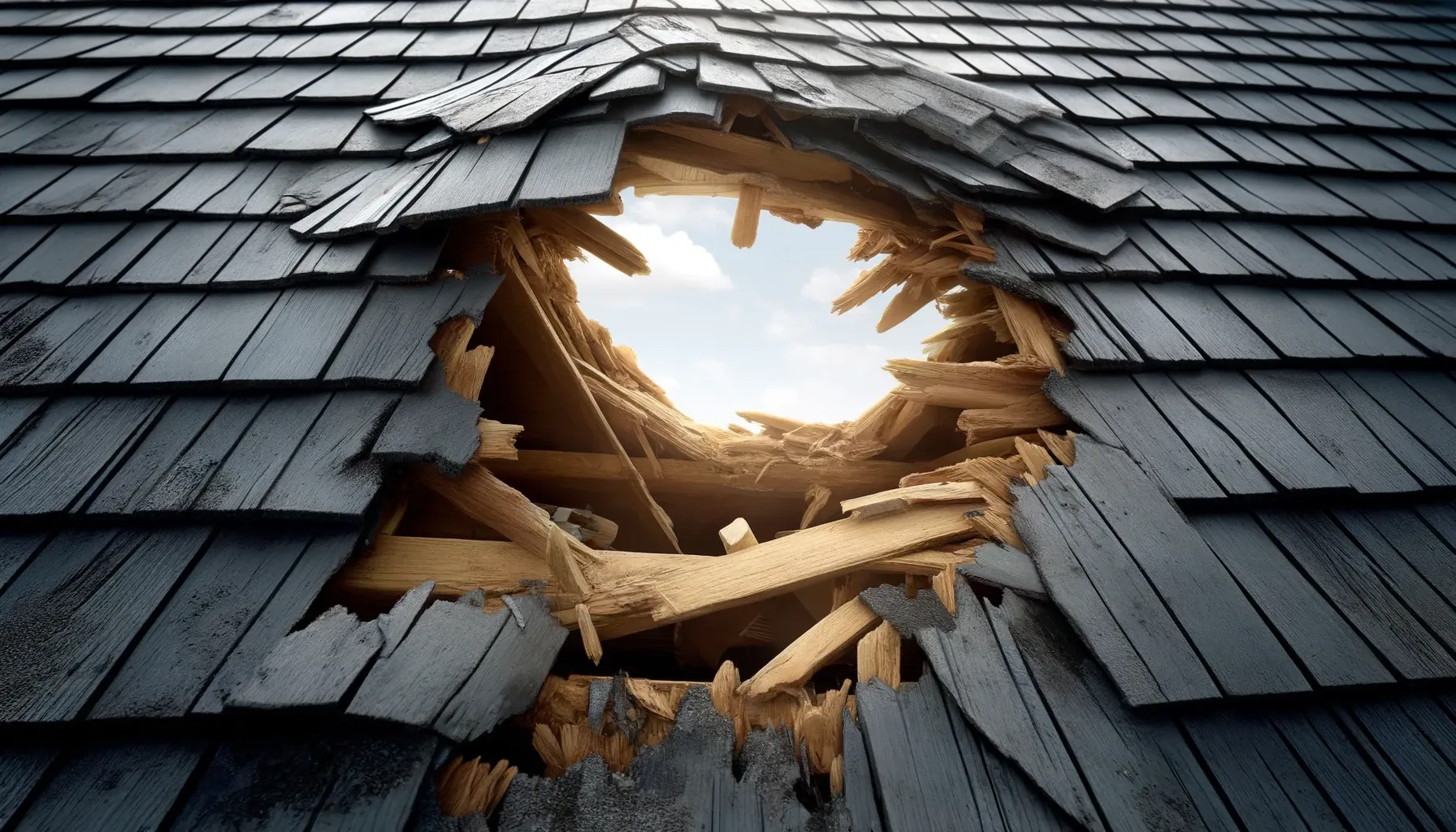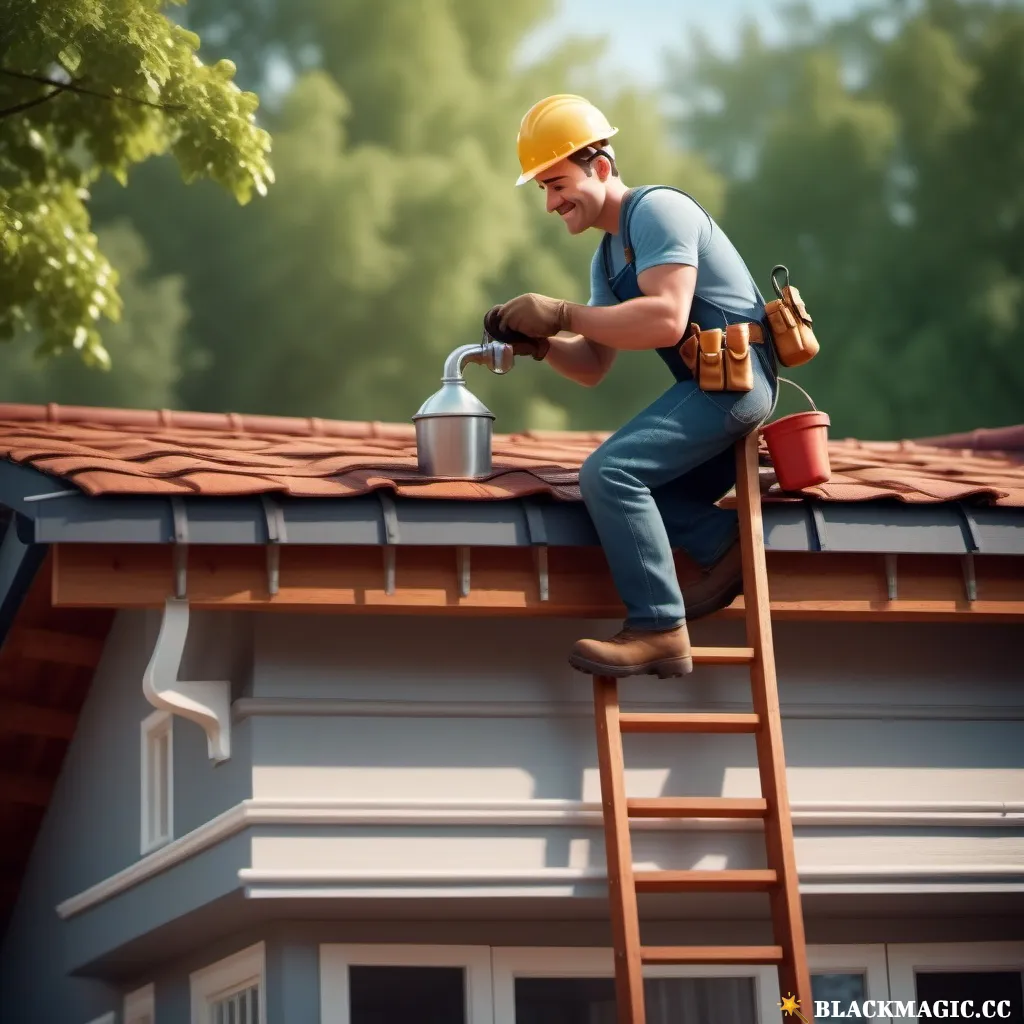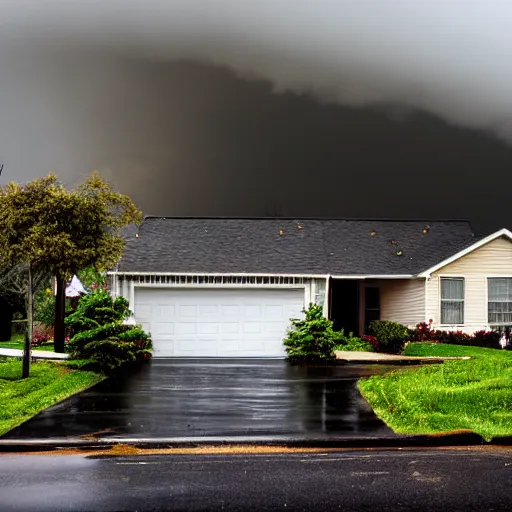How to Quickly Fix a Roof Leak?
I am furious about having to deal with a roof leak in my own home. The constant dripping sound and water damage are driving me crazy.
I need to find a solution fast before things get even worse. I have done some research on how to quickly fix a roof leak in the states, and I am ready to take action to resolve this infuriating issue.
How to Quickly Fix a Roof Leak
Have you ever had to deal with a nasty roof leak?
Are you tired of water dripping down on your head every time it rains?
Well, I have been there, and let me tell you, it is not a pleasant experience. In this article, I will share some tips on how to quickly fix a roof leak in the states. Let's get started!

Finding the Source of the Leak
The first step in fixing a roof leak is to identify where the water is coming from. This may sound obvious, but it can be tricky to pinpoint the exact spot, especially if the leak is small. Check your attic or crawl space for any signs of water stains or mold growth. These are usually tell-tale signs that there is a leak in your roof.
Once you have identified the general area of the leak, go up to your roof and inspect the shingles or tiles. Look for any missing, damaged, or curling shingles that could be allowing water to seep through. Use a flashlight to check for any cracks or holes in the roofing material.
Temporary Fixes for Immediate Relief
If you have identified the source of the leak but don't have time to make a permanent repair right away, there are some temporary fixes you can try to stop the water from coming in. One common method is to use roofing cement or silicone sealant to patch up the leak.
First, clean the area around the leak with a brush or rag to remove any debris or dirt. Apply a generous amount of roofing cement or silicone sealant to the damaged area, making sure to cover it completely. Press down firmly to ensure a tight seal.
Repairing Damaged Shingles
If the leak is caused by damaged or missing shingles, you will need to replace them to prevent further water damage. Start by removing the damaged shingles carefully with a pry bar. Slide the new shingle into place and nail it down securely.
To ensure a watertight seal, apply roofing cement underneath the new shingle and along the edges. Press down firmly to flatten the shingle and prevent it from lifting up in strong winds.

Fixing Flashing Leaks
Flashing is the metal material used to seal joints and edges on your roof, such as around chimneys, vents, or skylights. If the leak is coming from the flashing, it may have become loose or damaged over time.
To fix a flashing leak, start by inspecting the flashing for any gaps or bends. Use a pry bar to carefully lift the flashing and apply roofing cement underneath to create a watertight seal. Press down firmly to ensure the flashing is secure.
Repairing Roof Valley Leaks
The roof valley is the area where two angled sections of the roof meet, creating a V-shaped depression. This area is prone to leaks due to the accumulation of water and debris. If you suspect a leak in the roof valley, there are steps you can take to fix it.
First, clear out any debris or leaves that may be blocking the flow of water in the roof valley. Use a hose to run water down the valley and check for any leaks. If you notice any gaps or holes, apply roofing cement to patch them up.
Replacing Damaged Roof Tiles
If you have a tile roof, damaged or cracked tiles can lead to water leaks. To replace a damaged roof tile, start by carefully lifting the tiles surrounding the damaged one. Slide out the damaged tile and slide in a new one in its place.
Secure the new tile in place by nailing it down or using roofing adhesive. Apply roofing cement to the edges to create a waterproof seal.
Sealing Roof Joints
Roof joints are vulnerable areas where leaks can occur due to the expansion and contraction of materials. To prevent leaks at roof joints, make sure to inspect them regularly for any signs of damage or deterioration.
Use roofing cement or flashing tape to seal any gaps or cracks in the joints. Apply a generous amount of sealant and press down firmly to create a watertight seal.
Avoiding Future Roof Leaks
Once you have fixed the roof leak, it is important to take preventive measures to avoid future leaks. Regular roof maintenance, such as cleaning gutters, inspecting for damage, and replacing worn-out shingles, can help prolong the life of your roof and prevent leaks.
Consider hiring a professional roofer for a thorough inspection and maintenance check at least once a year. They can identify potential issues early on and make necessary repairs to ensure your roof remains leak-free.
Dealing with a roof leak can be a stressful and frustrating experience, but with the right knowledge and tools, you can quickly fix the issue and prevent further water damage to your home. Remember to stay safe when working on your roof and always consult a professional roofer for complex repairs.
I hope the tips and techniques shared in this article have been helpful in guiding you through the process of fixing a roof leak in the states. Stay dry and happy fixing!







